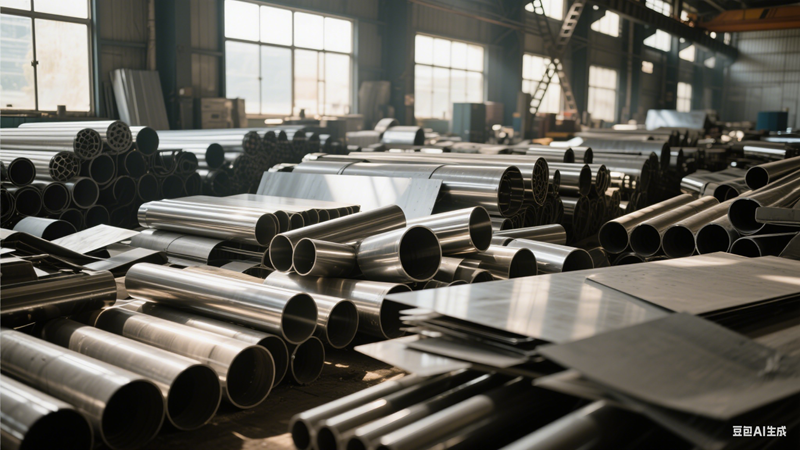Somethings about 304 and 316 Stainless Steel
May 30,2025

Stainless steel is a popular choice for investment casting due to its excellent corrosion resistance and durability. Among the many types, 304 and 316 are two of the most commonly used, each with distinct characteristics in terms of composition and application.
304 is an austenitic stainless steel containing 18% chromium and 8% nickel. The chromium hardens the steel, while the nickel enhances its corrosion resistance. Known for its ease of cleaning and corrosion resistance, 304 is widely used in the investment casting industry for applications such as food and dairy processing, beer and wine production, medical devices, petrochemical equipment, textiles, pulp and paper, and mining.
However, 304 is susceptible to pitting corrosion in chloride-rich environments,while 316 stainless steel performs better in such conditions.
316 is an enhanced version of 304, with the addition of 2-3% molybdenum. This element significantly improves its resistance to chloride corrosion, making 316 superior in environments with salts or acidic compounds. It is ideal for applications in offshore oil and gas, marine equipment, and the pharmaceutical industry, where high corrosion resistance is crucial.
While 304 stainless steel is suitable for general environments, 316 stainless steel is better suited for specialized applications requiring superior corrosion resistance.
PREVIOUS:
NEXT:







